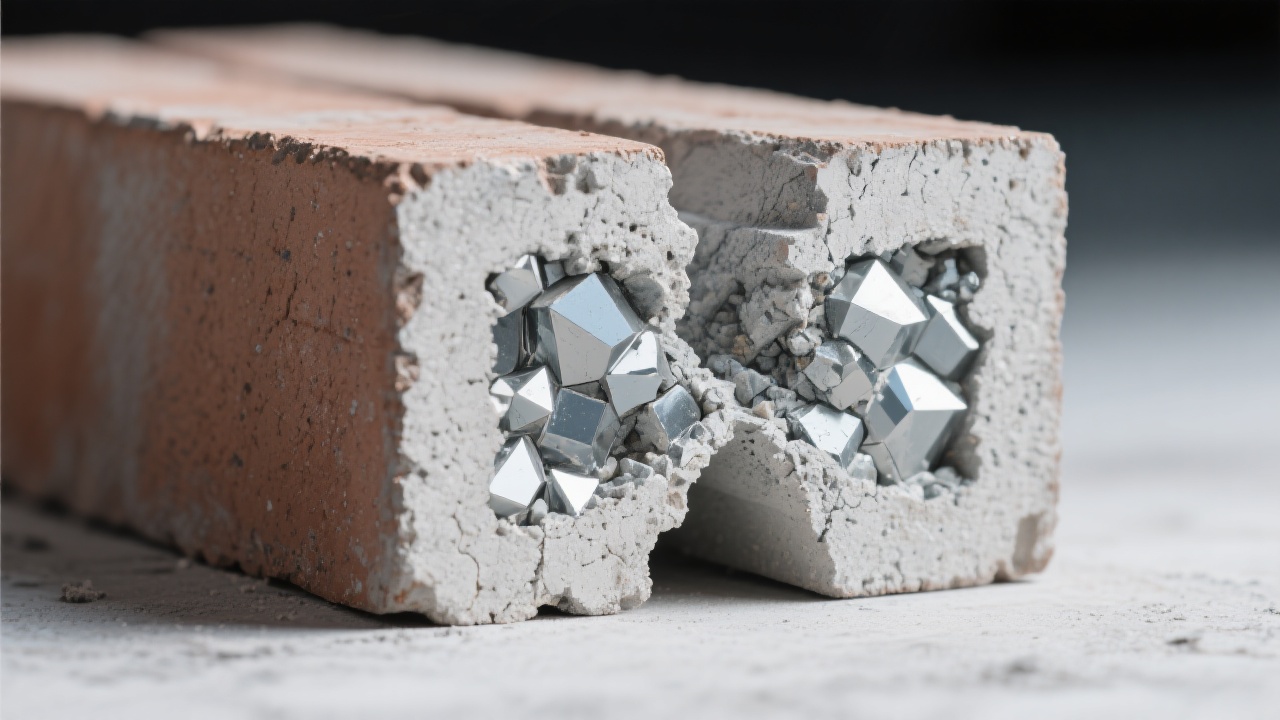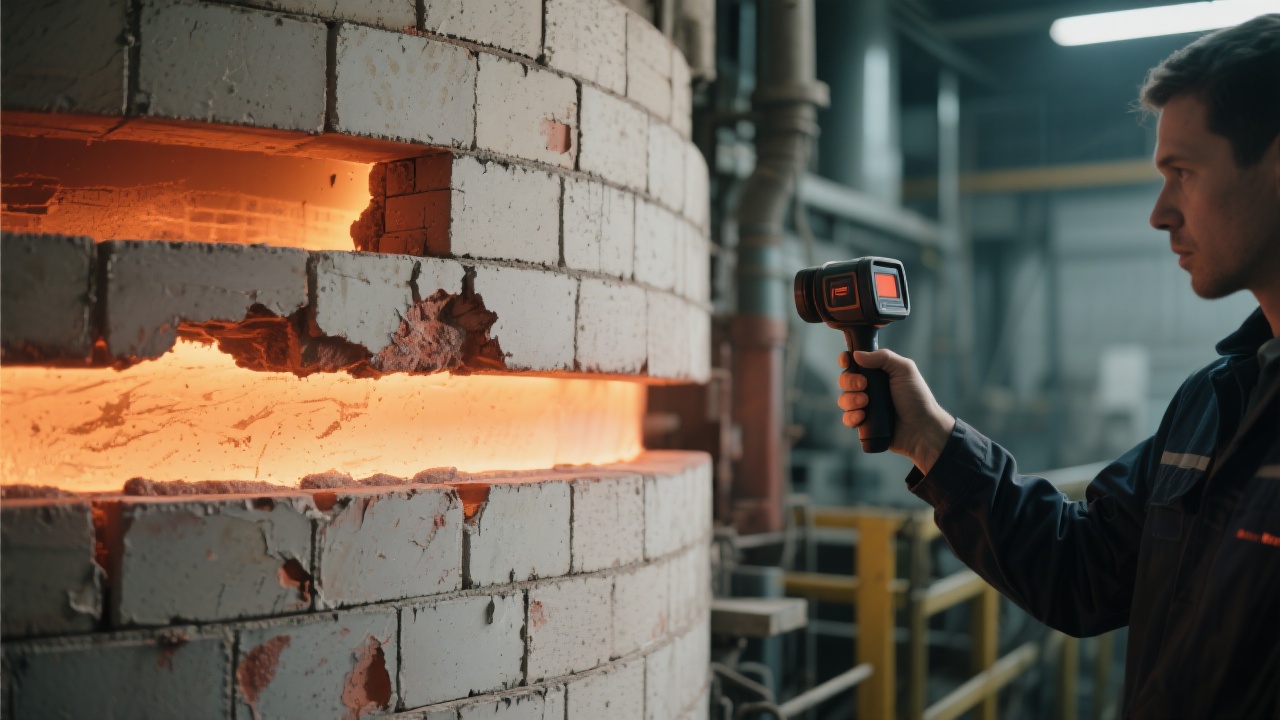
In high-temperature industries such as metallurgy and glass manufacturing, selecting the right refractory brick plays a crucial role in optimizing energy efficiency and production throughput. Among available materials, silicon bricks with superior thermal conductivity have emerged as key enablers to reduce operational costs and enhance furnace performance. Yet, many decision-makers hesitate because the advantages of high-conductivity silicon bricks over traditional variants are not always clearly understood.
Let’s address this by diving into what drives the enhanced heat transfer in these bricks, chiefly the microstructural characteristics—specifically, pore size and distribution—that directly influence their thermal behavior. Understanding this will empower you to quickly assess if investing in upgraded silicon bricks makes sense for your facility.
The essence of thermal conductivity in silicon bricks lies in their internal pores. Large or unevenly distributed pores act as thermal barriers, trapping air—a poor conductor of heat—and thus lowering overall heat transfer. In contrast, high thermal conductivity silicon bricks achieve superior performance by minimizing pore size and achieving a more uniform pore distribution.
To quantify this, research shows that reducing average pore size from around 150 micrometers in standard bricks to below 50 micrometers in high-conductivity variants can improve thermal conductivity by up to 35%. Similarly, cutting total porosity by 10–15% translates into a direct increase in heat flow efficiency.
Imagine viewing standard and high-conductivity silicon bricks under a microscope at 20 times their original size. Traditional silicon bricks reveal larger, irregularly scattered pores—some reaching up to 150 microns—while their high-conductivity counterparts display consistently smaller pores around 40-50 microns, distributed homogeneously throughout the material.

The physical principle is straightforward: heat transfer within porous solids is hampered primarily by the presence of air pockets. These pores reduce the solid matrix's continuity, resulting in lower thermal conduction paths. Hence, a brick with lower porosity and smaller pore sizes offers an easier route for heat to pass through.
Practically, this translates into quicker heat distribution inside your furnace, minimizing temperature gradients and thermal shocks. For industries with continuous or batch high-temperature operations, these effects significantly improve energy consumption profiles.
| Parameter | Traditional Silicon Brick | High Thermal Conductivity Silicon Brick |
|---|---|---|
| Average Pore Size (μm) | ~150 | 40-50 |
| Thermal Conductivity (W/m·K) | 2.1 | 2.8 |
| Energy Cost Savings per Ton Product | Baseline | Approx. 12% |
| Production Throughput Increase | Baseline | Up to 7% |
For example, a metallurgical plant upgraded to high thermal conductivity silicon bricks saw energy costs drop by approximately 12% per ton of output, alongside a 7% increase in production throughput. These gains stem not solely from better heat conduction but from enhanced furnace stability and fewer maintenance interruptions.

The advantages extend to glass production where consistent and rapid heat transfer improves melting homogeneity. Implementing high thermal conductivity silicon bricks reduces temperature fluctuations that can cause defects in glass sheets—equivalent to fewer rejects and higher yield rates.
Also worth noting: in ceramic kiln operations, better thermal conductivity shortens heating cycles without risking thermal stress damage, offering both time and energy savings.

This leads you to the key question: does your furnace or kiln face challenges such as prolonged heat-up times, uneven temperature zones, or unusually high energy consumption? If yes, the data strongly supports considering high thermal conductivity silicon bricks as a cost-saving and performance-boosting upgrade.
Of course, every facility has unique operational conditions and demands. For instance, the initial investment might be higher, but when factoring in energy savings—typically around 10-15% annually—and production gains plus reduced downtime, the return on investment often materializes within a year or two.
In addition, partnering with suppliers who provide tailored technical support and custom brick solutions based on your furnace design, temperature profiles, and cycle times ensures maximum benefits.
Your turn: Does your kiln or furnace currently struggle with inefficiencies linked to thermal resistance in refractory materials? What operational pains do you face that better heat conduction could solve? Feel free to reach out for customized case studies and in-depth analyses tailored to your equipment and industry specifics.

